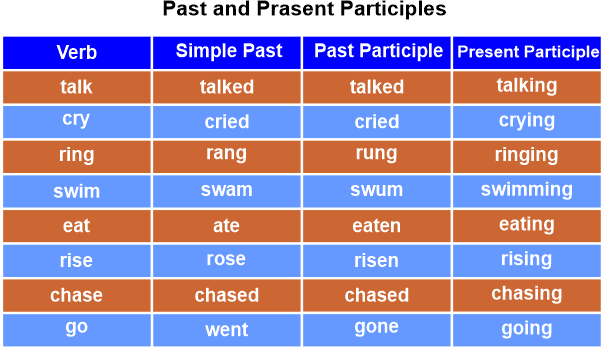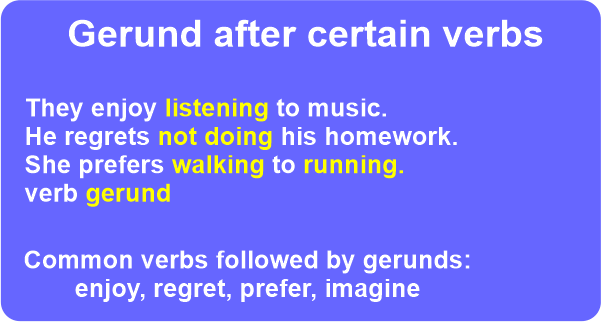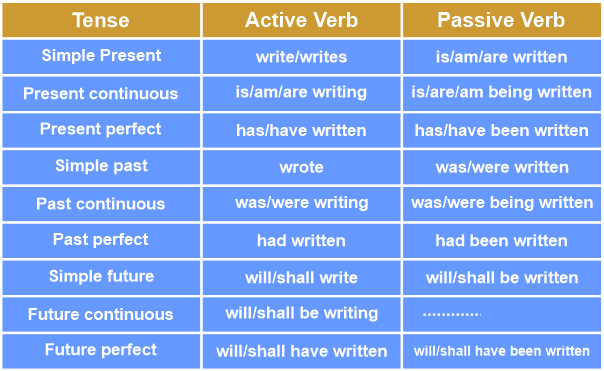Verb DefinitionHave you ever imagined what life would look like if you were unable to do any activities or communicate about them because you lacked the vocabulary to do so? Of course, verbs are used to express actions. Therefore it would never happen. Consider all the things you can do. You can dance, run, and walk. You can read, write, and talk. These are all verbs that explain what the sentence's subject is doing. 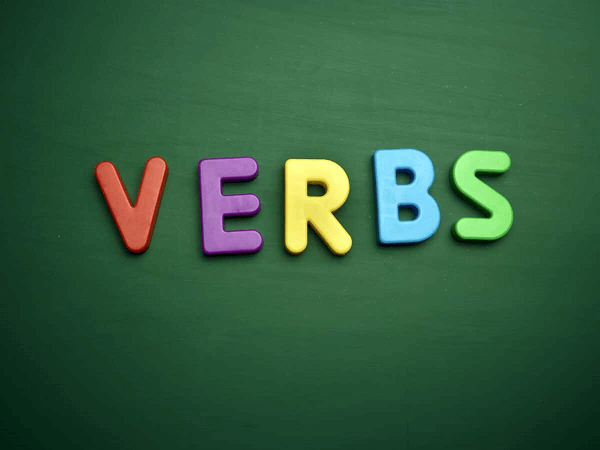
One of the key components of communication is verbs, the words that must be included in every full sentence. You may still construct a grammatically correct sentence without adjectives or nouns, but a verb is always required. Understanding the various verb forms and how they function is necessary if you wish your literature to be effective and understandable. Verbs in GrammarVerbs are a necessary component of communication in every language, including English, without which it might be difficult to convey what the target (Subject) is doing. It includes all acts, even those motivated by sentiments and emotions. Verbs exist in various forms and kinds, so they can function in many ways to convey the whole meaning. Let's look at how different dictionaries define the word "verb" before we examine the many kinds of verbs and their forms. Verb DefinitionA "verb" is defined as "a word or collection of words that convey an action (like eat), an occurrence (like happen), or a state (like exist)" in the Oxford Learners' Dictionary. A verb is described as "a word or phrase that represents an action, circumstance, or experience" by the Cambridge Dictionary. The definition of a verb in the Collins Dictionary is significantly more comprehensive. They claim that a verb is a term like "sing," "feel," or "die" that is associated with a subject to describe an individual or thing's actions, conditions, or other details. Why Do Verbs Matter?Verbs are active words that draw the reader in and support them in visualizing the events you are describing in your writing. Whether you're writing narrative fiction or scholarly articles, using the correct word may arouse emotions.
While academic writing frequently adheres to a more formal style than fiction writing, you still want to hold your audience's attention and make your views readily understood. Using powerful action verbs will help your academic writing, whether you're a student writing articles for class or a professional writer seeking to publish a study. 
Try to replace weak verbs with more specific and active ones in your writing. Think about the verb choices used in the following instances of academic writing. Original sentence: "A new psychology study clearly shows that kids are more prone to adapt to positive encouragement than negative encouragement." Improved sentence: "A new psychology report demonstrates that youngsters are more likely to adapt to positive encouragement than negative encouragement."
Fiction authors utilize verbs to captivate readers and arouse emotions or motivation to continue reading. Dull verbs degrade reading. Your story comes to life when you choose the appropriate verb to describe your character's behavior. 
You may have heard the saying "Show, don't tell" when writing. Strong verbs are an excellent method to express what is happening to the reader concisely and effectively. Look at the verb choices used in the following cases of fiction writing. Original sentence: "Her short skirt was blown inwards as she dropped through the air." Improved sentence: "Her short skirt ballooned inwards as she dropped through the air." General Verb Classification Based on SignificanceLet's first look at a basic classification of verbs based on the type of activity they denote before moving on to a more detailed one.
Verbs that include moving one's body in some way are called action verbs since they refer to an action. Here are a few examples of verbs that describe actions: Jog, cough, rest, jump, sing, eat, teach, present, manufacture, break, tow, toss, cuddle, and fight. 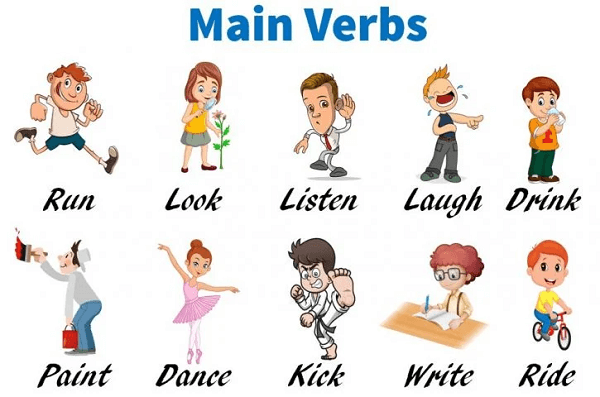
These verbs don't require any form of movement but instead refer to something you may feel or experience. 
Here are a few examples of verbs that describe emotions and experiences: Adore, Hate, Envy, Believe, Love, Feel, Entrust, Enjoy, Care, Cherish, Sense, Learn, Recognize, Appreciate, Understand, Like, Need, Worship, Loathe, and Respect
These verbs refer to circumstances or a state of being. This group includes all tenses of the verb "to be." Here are some examples of verbs that relate to a condition or state: Has, Have, Had, Will be, Seen, Seem, Been, Become, Being, Am, Is, Are, Were, Was Types of verbs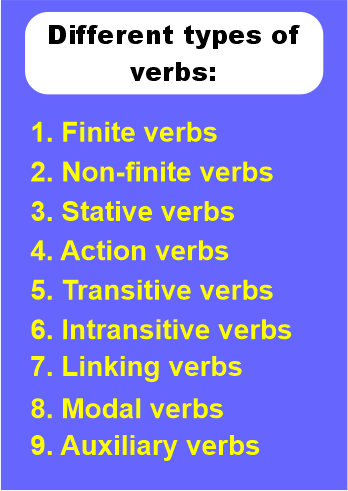
There are various types of verbs in English: 1. Action verbsThe words that define an activity are known as action verbs. Physical motions like "run," "jump," or "swim" might be used as examples. Additionally, they can describe mental processes like "thinking," "believing," or "remembering." Action verbs are typically utilized to indicate an active process, regardless of the sort of action. The present tense is usually used with action verbs, which is a crucial fact to keep in mind. 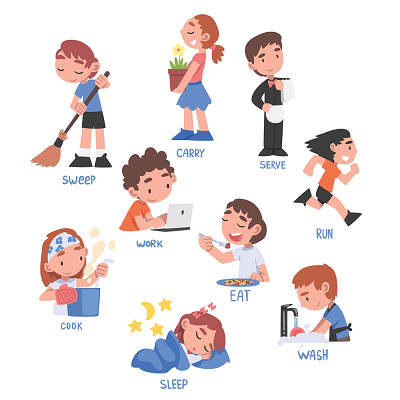
Examples:
Action verbs are categorized in several ways depending on their placement in the phrase. Action verbs can be divided into two categories: a) Transitive verbs A verb is considered transitive when the phrase's meaning flows easily from the subject through a verb to the object. The action of the verb, known as transitivity, must occur in the presence of one or more objects for the sentence to have its original objective. Consider taking the objects out of the above statement. For example, The car seems to be the object that clarifies or fulfills the function of a transitive verb in the sentence "Oliver cleaned the car." In such a case, we were just left with Oliver cleaning. Additional examples:
b) Intransitive verbs An intransitive verb does not require a direct object to finish the sentence's meaning. Example:
2. Linking VerbsAn adjective or noun that characterizes or identifies the topic of a sentence is connected with it by linking verbs. They do not indicate any action; instead, they are used to express the state of a topic. Some popular connecting verbs are, become, appear, seem, feel, smell, and taste. These verbs are crucial for creating sentences that are concise and straightforward. Without linking verbs, our work would be messy and hard to read. 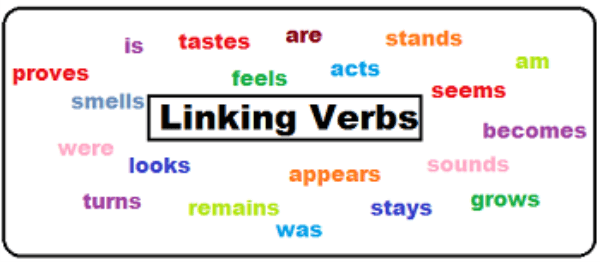
Examples:
3. Auxiliary verbsAuxiliary verbs, also known as helping verbs, are used to convey the degree of capability, possibility, or certainty or to help establish the tense of a verb phrase. A verb that supports or adds information to the primary verb in a phrase is known as an auxiliary verb. Along with the participle, the auxiliary verbs illustrate the perfect aspect. The auxiliary verbs most frequently are could, can, might, may, must, must, should, would, and will. 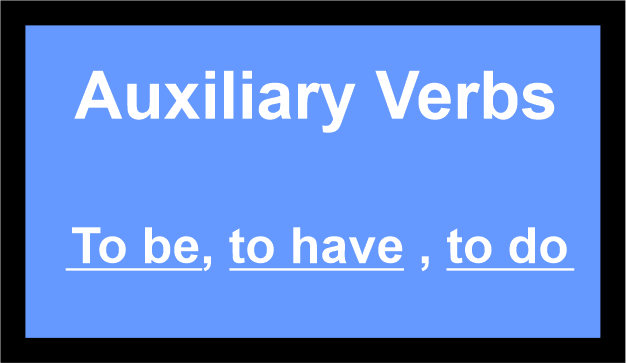
Examples:
4. Modal verbsModal verbs express the method and ways activity occurs, and they don't appear as participles, gerunds, or infinitives. The modal verbs can, can, may, will, must, might, should, ought to, and would are all standard in English. 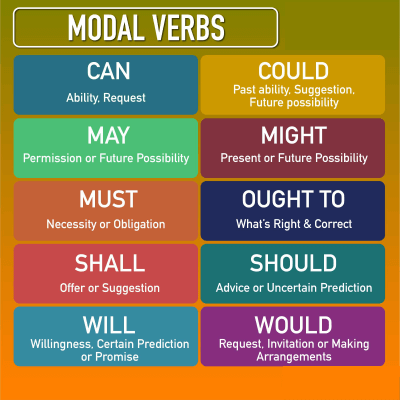
Examples:
5. Finite verbsA verb with a subject is said to be finite. The factor in charge of the activity or action denoted by a verb is its subject, which is also the subject of the sentence or clause in which it appears: Examples:
6. Non-finite verbsNon-finite verbs can be used as either adjectives or verbs in a phrase. Gerunds, participles, and infinitives are the three categories of non-finite verbs. Verbs without person, number, or tense marking are considered non-finite verbs. 7. Stative VerbThe Cambridge Dictionary characterizes a stative verb as "a verb that represents a situation and not an action." A stative verb is defined by the Collins Dictionary as "a verb denoting a state in place of an activity, act, or occurrence, such as want and know instead of leave and throw." The five senses of feel, taste, smell, see, and sound is some verbs that fall under the category of stative verbs. 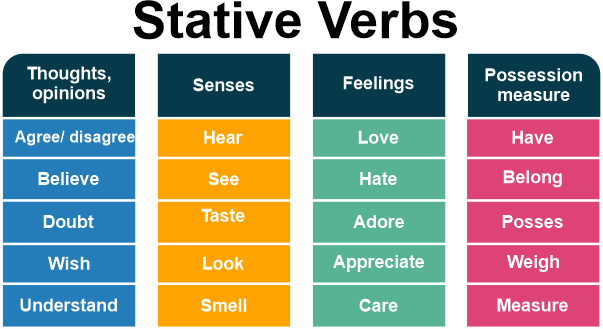
Examples:
Other forms of verbs include: 1. Incomplete VerbsWith incomplete verbs, the sentence's meaning must include more than just the subject and object. The most often used incomplete verbs are become, seem, appear, smell, make, call, and taste. Example:
2. Infinitive verbs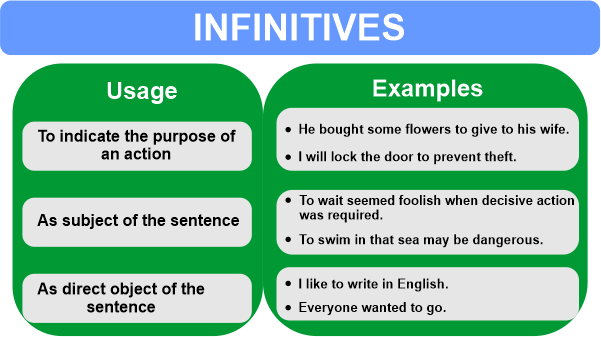
A verb is in its most basic form when it is in the infinitive; it is not linked to a subject and is not conjugated. Infinitive verbs are frequently used as a verb's root or base form, and the verb's basic form is found in dictionaries. For example, "to walk" is the basic form of the verb "walk." Verb FormsA verb can be employed in various ways to express the time the subject accomplishes an activity. The same may be accomplished with a variety of verb forms. Let's have a look at the various verb forms that are described below. 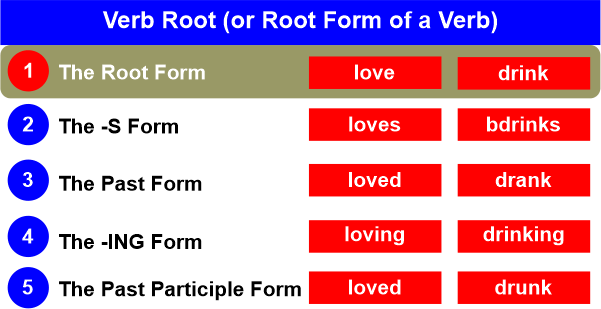
Verb Conjugation: Tense Forms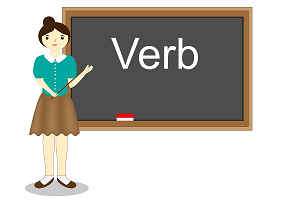
Depending on the tense you require, verbs can be conjugated. There are twelve major tense forms since these forms express three different periods, namely the present, past, and future. The simple tense, continuous tense, perfect tense, and perfect continuous tense are the four different tense types.
Next TopicWhole-Numbers Definition
|
 For Videos Join Our Youtube Channel: Join Now
For Videos Join Our Youtube Channel: Join Now
Feedback
- Send your Feedback to [email protected]
Help Others, Please Share




